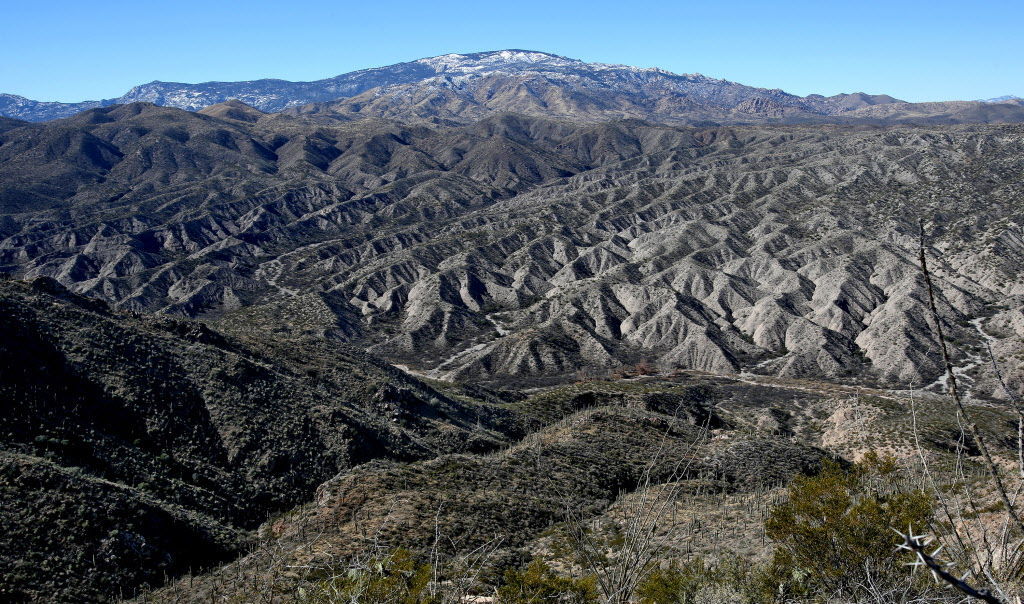PHOENIX — An outpouring of passion against the proposed 515-mile SunZia power line project greeted the Arizona Corporation Commission Tuesday, with about 25 speakers arguing that it was environmentally destructive and economically unjustified.
“This is a poorly thought out project and I haven’t seen need for it,” said Robert McClure, a Scottsdale resident and longtime property owner in the unincorporated community of Cascabel, which the project’s two power lines would pass near in the lower San Pedro River valley. “It’s clear that without government mandates and subsidies for wind power, this project would be totally uneconomical.”
“I have a lot of problems with long transmission lines,” McClure added. “It’s much better to have power generation close to consumption. I’d much prefer to see solar thermal plants built close to Phoenix.”
McClure was one of many speakers who criticized both the Obama administration, for giving the project fast-track approval, and SunZia for pushing the project through the remote lower San Pedro valley, where little development now exists save for a few hundred homes and an underground natural gas pipeline.
About 75 people packed the commission hearing room. The commission will most likely vote on the project Wednesday, Feb. 3, after hearing from the transmission company proposing it, and from intervenors opposing it, as they debate various conditions aimed at making the power lines more environmentally friendly.
A handful of speakers Tuesday endorsed or at least didn’t oppose the project, including three county supervisors, a state legislator and officials of two local natural resource conservation districts operating in the San Pedro area.
The Arizona Game and Fish Department, which has not taken a stand on the pipeline, just signed an agreement with the power line company in which SunZia Transmission LLC agreed to spend hundreds of thousands of dollars on various mitigation efforts and to protect far more acreage than the power line construction destroys.
The state’s Residential Utility Conservation Office, which represents electricity consumers, endorsed the project. David Tenney, the utility office’s director, told commissioners that the power lines would allow utilities to purchase power on the open market at lower costs, ensure reliability of electricity service and be built without its cost being passed on to ratepayers.
“It’s been through a lot of study and time and been through an extensive state and federal process,” said Tenney of the project.
SunZia Transmission wants to build the twin, 135-foot-tall, 500 KV pipelines from Lincoln County, N.M., through southern Arizona en route to the Pinal Central substation south of Coolidge. It has said the power lines will allow renewable wind energy now “stranded” in less populous New Mexico to be sold in far more populated Arizona and California, and will help Arizona utilities meet tough new federal air quality rules.
But Karen McKelvey, a hospice nurse living in Cascabel, said that as the rest of the world becomes more crowded, complex and fast-paced, “I think we need more than ever the beauty and power that nature can give us in the San Pedro Valley. ... It’s less than 50 miles from a metro area of 1 million, but it’s remarkably empty of man-made intrusions.”





